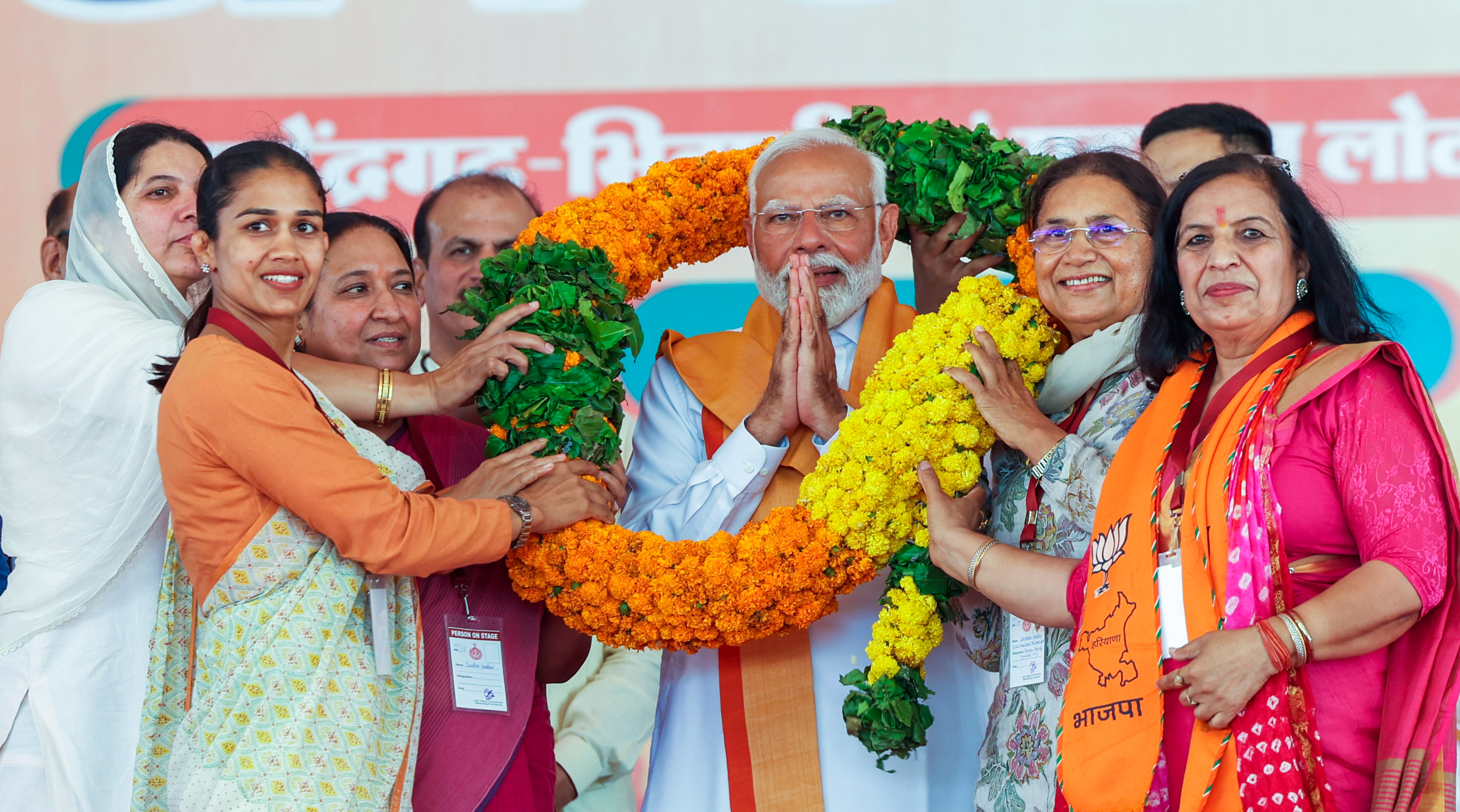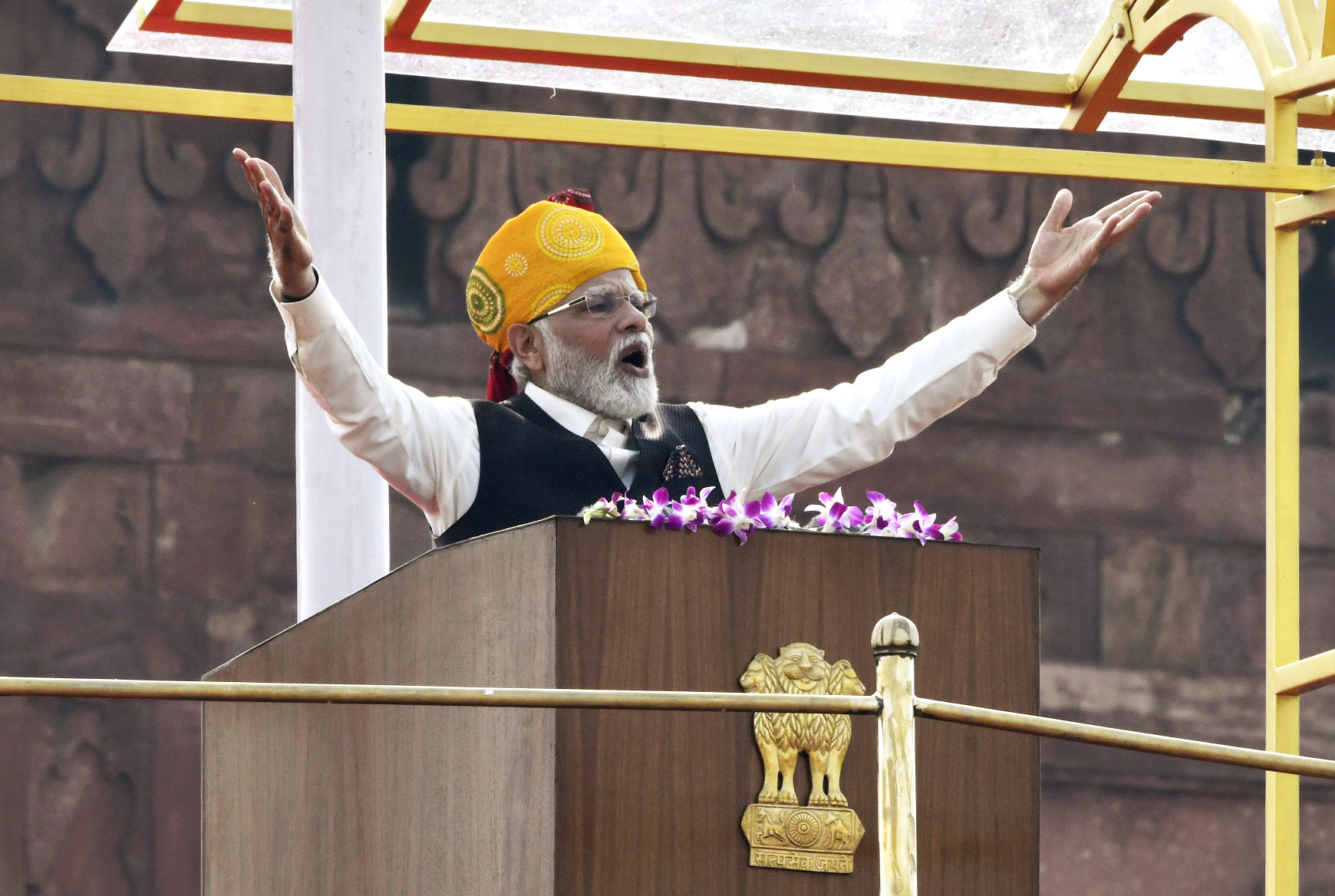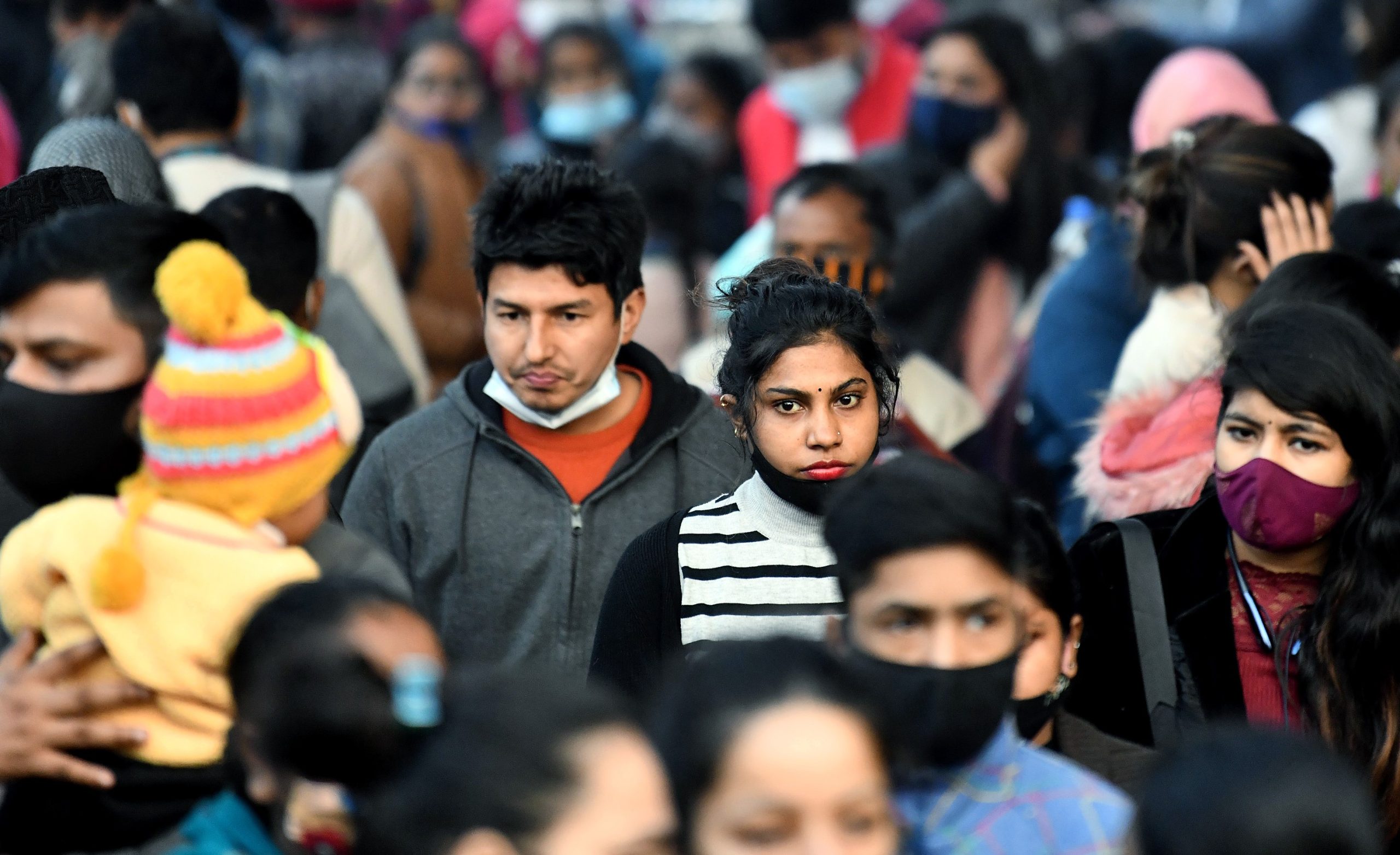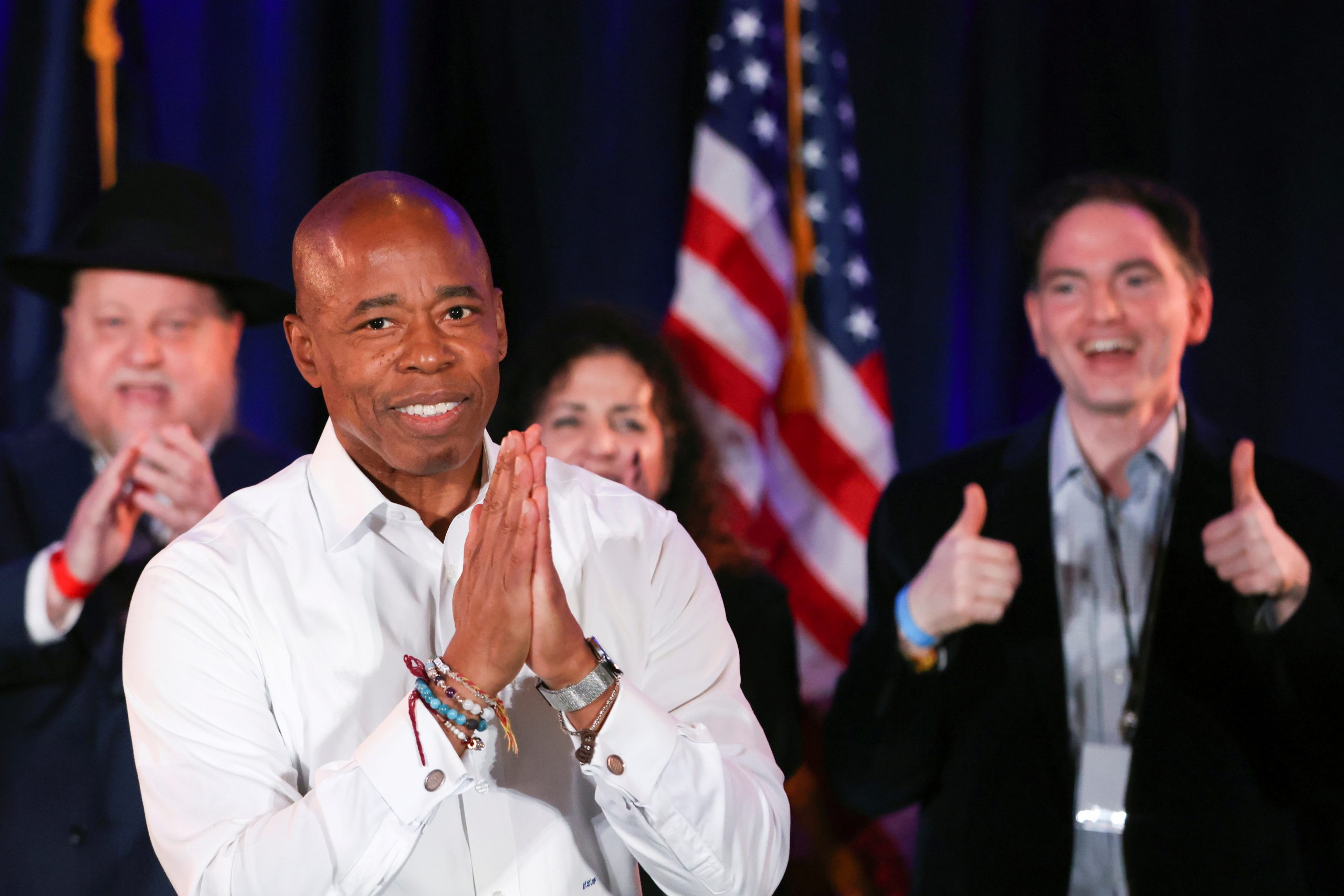The India Caucus emphasizes on the importance of national security partnership with India as China picks fights over territorial disputes from the Himalayas to Taiwan as a result of domestic torments and political frustrations at home
Our Bureau
Tawang/Washington, DC/Paris
China’s military moves on the border with India is having international ramifications. China’s unprovoked aggression in Tawang (Arunachal Pradesh) is a reminder that partnership with India is crucial to the national security of the US and its allies, India Caucus in Washington, DC said in a statement.
Notably, the Senate India Caucus is a bipartisan coalition that brings national attention to domestic and international issues that affect our economies and security. “China’s most recent aggression in Arunachal Pradesh is yet another reminder of why a strong security partnership with India is crucial to the national security of the United States and our allies. This event marks yet another act of the PRC’s threats to Indian territory, including China’s premeditated aggression on the line of actual control in 2020 which saw the death of approximately 20 Indian troops,” the India Caucus statement read.
In the statement, India Caucus applauded the inclusion of Section 1260 in the FY23 Final Conference Report to strengthen military cooperation in critical areas like intelligence gathering, fifth-generation aircraft, and emerging technologies to deter China’s aggression and encroachment in the Indo-Pacific region.
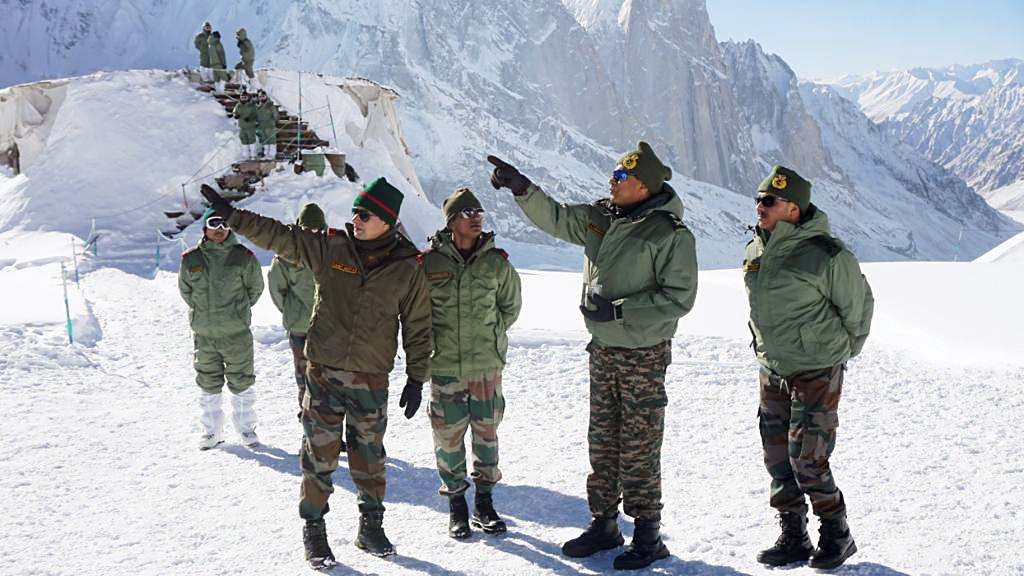
This statement came in the backdrop of the December 9 clash where People’s Liberation Army troops contacted the LAC in the Tawang Sector which was contested by Indian troops firmly and resolutely. This face-off led to minor injuries to a few personnel from both sides.
In a statement in both houses of Parliament, Defense Minister Rajnath Singh said, “On December 9, 2022, PLA troops tried to transgress the LAC in the Yangtse area of Tawang Sector and unilaterally change the status quo. The Chinese attempt was contested by our troops firmly and resolutely. The ensuing face-off led to a physical scuffle in which the Indian Army bravely prevented the PLA from transgressing into our territory and compelled them to return to their posts.”
He further said “the scuffle led to injuries to a few personnel on both sides”, and clarified that “there are no fatalities or serious casualties on our side.” “Due to the timely intervention of Indian military commanders, PLA soldiers went back to their locations,” Singh said.
As a follow-up of the incident, the Minister further said, the local commander in the area held a “flag meeting with his counterpart on December 11, 2022, to discuss the issue in accordance with established mechanisms”.
“The Chinese side was asked to refrain from such actions and maintain peace and tranquility along the border. The issue has also been taken up with the Chinese side through diplomatic channels,” Singh said.
China’s territorial disputes from the Himalayas to Taiwan are outlets for domestic torments and the Chinese army is in the battle to forget national frustrations, according to Oliver Guillard.
From the foothills of the Himalayas to the Taiwan Strait, the last days of the year 2022 bear witness to this once again: China prefers, it seems, to irritate New Delhi, Taipei or the West, to make its exhausted population the consequences of three interminable years of pandemic and multiple restrictions he writes. On December 9, in the mountainous region of Tawang (Arunachal Pradesh), in a disputed territorial and border perimetre, clashes once again took place at an altitude of more than 5,000 m, near from an Indian military post, troops from Beijing and New Delhi, causing injuries on both sides, Guillard wrote in the French publication, Asialyst.
On the side of Beijing, the summary of these events is presented in somewhat different terms by a spokesman for the Chinese Ministry of Foreign Affairs, said Guillard. “From what we understand, the situation on the border between China and India is broadly stable. The two sides maintain unhindered dialogue on the border issue through diplomatic and military channels,” said Guillard.
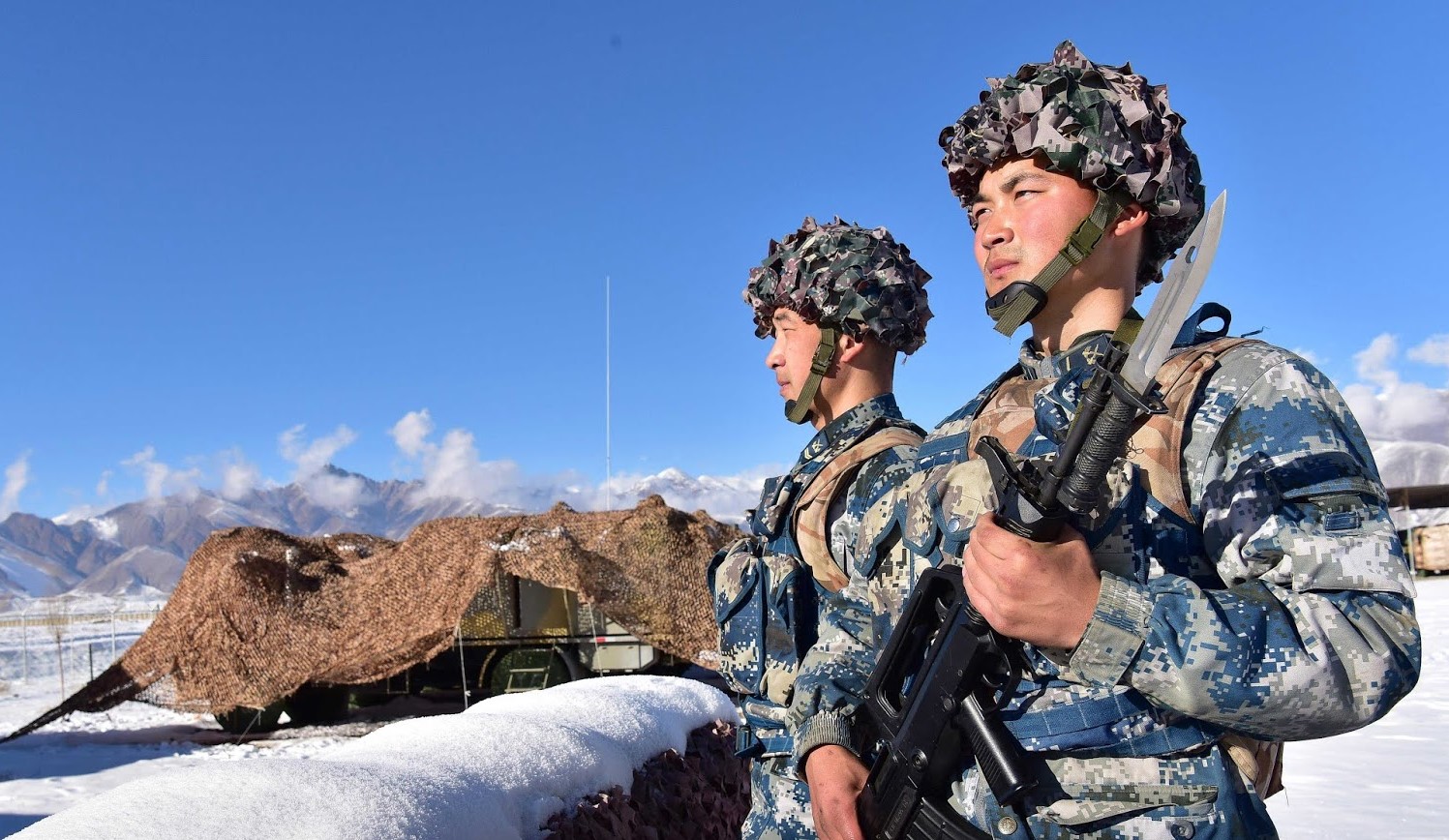
“We hope the Indian side will meet China halfway, implement the important consensus reached by the leaders of the two countries, strictly abide by the spirit of the relevant agreements signed by the two sides and that it will jointly maintain peace and tranquility in the border region. As for peace and tranquility in the border region, it will obviously be a question of not being too demanding,” he said.
Last December 13 will definitely remain a day rich in interstate tensions in Asia-Pacific, he said, adding that in East Asia, 3,000 km east of Tawang, in the very sensitive Taiwan Strait, the Chinese armed forces were also at work, no longer on land but in the air.
A week after Beijing imposed new bans on the import of Taiwanese food, beverages, alcohol and fish products, the Taiwanese Ministry of Defense deplored the presence – without notice or prior agreement from Taipei – of 21 Chinese aircraft (including the volumetric never before seen of 18 H-6 nuclear bombers…!) in the Taiwanese air defense zone. “The military threat from Beijing is more serious than ever,” said Guillard.
Admittedly, during the recent 20th Congress of the Chinese Communist Party in October in Beijing, it was well understood that the new Grand Helmsman of the People’s Republic (Xi Jinping) and his renewed and close guard intended in the future to pursue a vigorous and assertive foreign policy, that the present evils and torments afflicting China were the result of “external efforts aimed at containing and undermining it”, and that the Party, the people and the nation had to prepare for “strong winds, rough waters and dangerous storms”.
However, is the best way to “prepare” for such prospects consist in raising the level of external tension – already more than high – with India and the “rebel island”? It is of course allowed to doubt it, said Guillard.
No doubt we should rather think that the regime is deliberately working to direct the gaze of its constituents towards consensual nationalist external disputes.
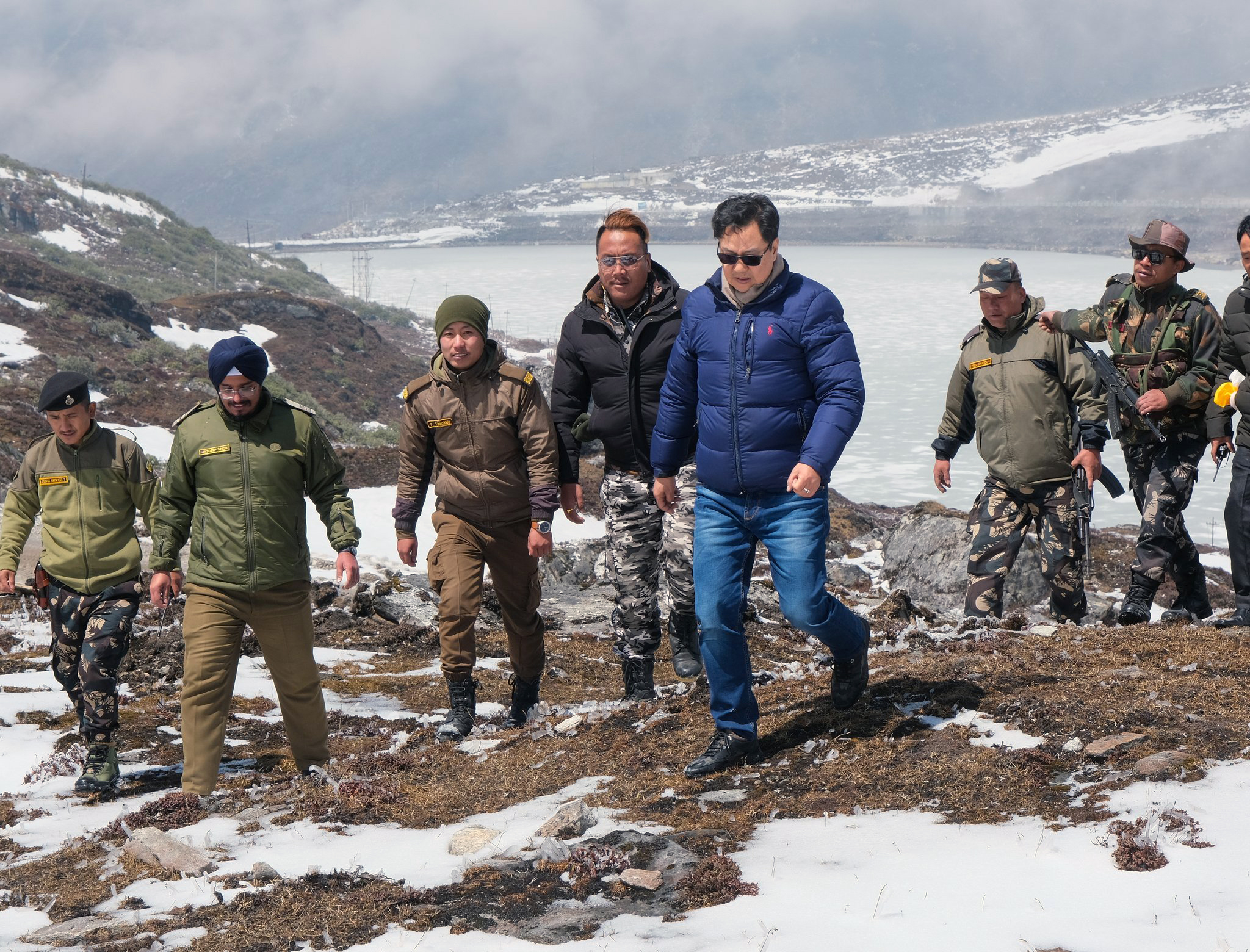
The fate of Taiwan and the reunification of China, as well as the territorial disputes with certain neighbors are part of it. They make it possible to better divert the public’s attention – and especially the anger – from the subjects of frustration of the moment such as the economic slowdown, the demonstrations of exasperation and hostility at the end of November in various large cities.
It is a fact that in the main Chinese urban centers, the police presence has become significantly heavier and more active since the rare and courageous popular mistrust of the “zero Covid” policy, even during President Xi Jinping, month last.
In the short term, the police over mobilization on the Chinese national territory could at the same time be coupled, outside, on the traditional theaters of tension (Sino-Indian border, Taiwan, South China Sea), with a premeditated agitation: maneuvers maritime attacks around the “rebel island” and repeated aerial incursions; skirmishes with Indian troops on the “Actual Line of Control”, as in recent days.
Beijing’s power circles reportedly prefer diplomatic wrath from New Delhi, Taipei or the West, to the domestic ire of a population battered by the consequences of three interminable years of pandemic and multiple restrictions. A dubious strategy and not without risk, of course.
Meanwhile, for countering Chinese aggression on the Line of Actual Control (LAC), the Union government is carrying out infrastructure development in the border areas of Arunachal Pradesh. The chief engineer of ‘Project Vartak’, Brig Raman Kumar said that the Border Roads Organization (BRO) is developing and maintaining all road networks in the key border areas of western Assam and western Arunachal Pradesh. “We have national highways, single-lane roads, double-lane roads and other types of roads as well. We want to connect even the far-flung areas of the Tawang district and contribute to the socio-economic development of this area,” he said.
He further informed that two tunnels — the Sela tunnel and the Nechipu tunnel — are under construction as vehicular movement becomes difficult due to heavy snowfall during winter. “The Sela tunnel is under construction and is 400 meters below Sela pass. Once the tunnel is completed, people will be able to pass through it even in winter. We are also working on the Nechipu tunnel, near the Nechipu pass. Once they are completed, both military as well as civilian vehicular movement would be a lot smoother. It will boost not just infrastructure in the area but tourism as well,” he further said.
Apart from road connectivity and other infrastructure development works, the government is working to strengthen mobile connectivity in Tawang and other bordering areas of Arunachal Pradesh.
More mobile towers have been installed in Tawang and other border areas of the Tawang district, along the LAC.
On internet connectivity, a resident said, “The mobile and internet connectivity has improved but still it is not up to the mark. There are a lot of disturbances.”
“If we compare from before, the connectivity has improved a lot. Earlier, we were not able to use the internet but now we can even use Facebook and WhatsApp. The government has worked very well in these areas,” another resident said.
As the Chinese army makes dangerous moves on the border, India responds in a measured but resolute manner. The world too is taking notice of what China is doing and what is happening inside China.
Dalai Lama highlights ‘ups and downs’ between India and China
Our Bureau
New Delhi
Amid the ongoing tensions between India and China, Tibetan spiritual leader Dalai Lama on Wednesday highlighted the ups and downs between the two Countries.
While speaking at a public talk on “Compassionate and secular ethics – Educating the heart and mind” in Gurugram on Wednesday, the Tibetan spiritual leader said, “India and China are the two most populous countries. In recent decades too many ups and downs. India is a democracy and respects all religions. India’s tradition is very good. So young Indians should keep India’s thousand-year-old secular tradition.” The Tibetan spiritual leader also shed light on India’s concept of Karuna and Ahimsa and urged everyone to preserve it. “This world ultimately depends on whole-heartedness. No distinctions between communities and religions. We smile at each other and pray together. India’s concept of ‘Karuna’ and ‘Ahimsa’ is a key thing and we must preserve it,” he said.
Dalai Lama stressed that nowadays human brains are being used as weapons to destroy neighbors. “So, now we look at the world. Aggression, atrocity, violence, so many people are killed, keen to create nuclear weapons. In the last few centuries, too much violence. Now, the human brain is used for weapons, how to kill, and how to destroy your neighbor. That is totally wrong,” he added.
Stressing the fact to build a peaceful world without a weapon, the leader said that peace and violence depend upon us. “We are all the same human beings. All have to live together without any violence. When we pray for world peace, peace will not come from the sky, violence doesn’t come from the sky, all depend on us. In our brain basically, we have this nation, that nation, this religion, that religion. That causes fighting. That is outdated. Disagreements should be resolved, keeping in mind that all are our brothers and sisters, and should build a world without a weapon,” he said.
Calling ancient Indian masters as his source of inspiration, the leader called Indian tradition ‘extremely rich’ and ‘useful’ and asked the young generation to preserve it. “The Indian tradition is extremely rich, particularly about the mind. Modern India should pay more attention to ancient India tradition. We should not neglect the knowledge of our mind”.
“Ancient Indian Masters are my source of inspiration. These are completely based on reasoning and thinking. I am a student of that tradition”, he said. Earlier on Monday, said that India is a perfect place and his permanent residence and that he prefers India.
While responding to a query over the Tawang clash, Tibetan spiritual leader Dalai Lama at Kangra airport in Himachal Pradesh said, “Now things… Generally speaking, things are improving, I think in Europe and Africa and also in Asia. Now China also now more flexible. Ok. But there is no point to return to China. I prefer India, best place and Kangra, Pandit Nehru choice. This place is my permanent residence. It’s very right. Thank you.”
This statement came in the backdrop of the December 9 clash where People’s Liberation Army troops contacted the LAC in the Tawang Sector which was contested by Indian troops in a firm and resolute manner. This face-off led to minor injuries to a few personnel from both sides.

















